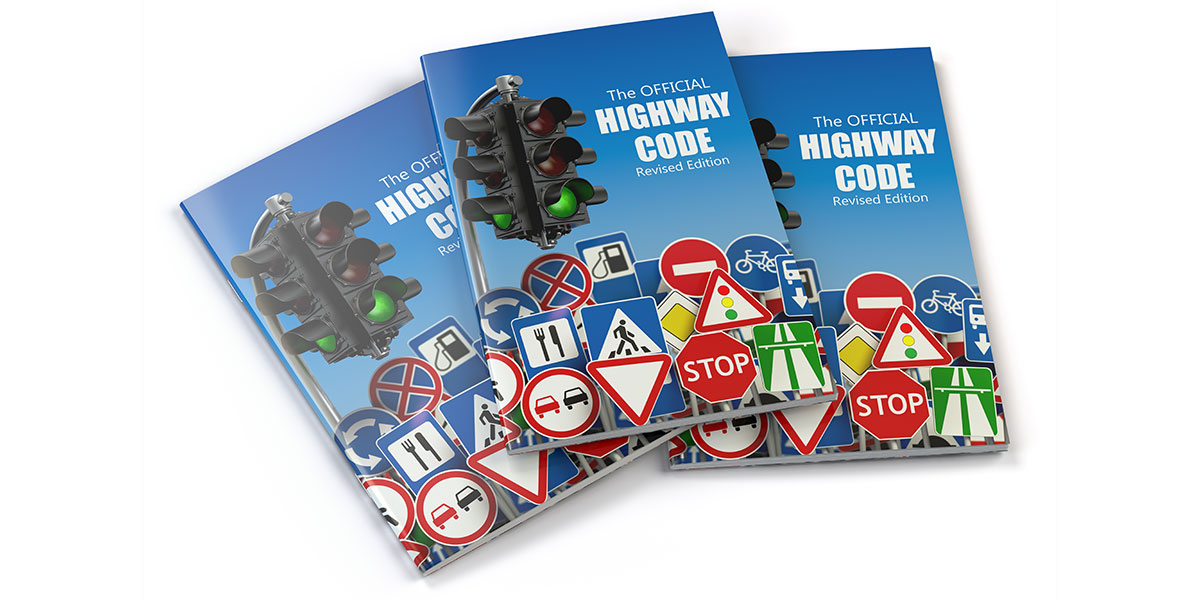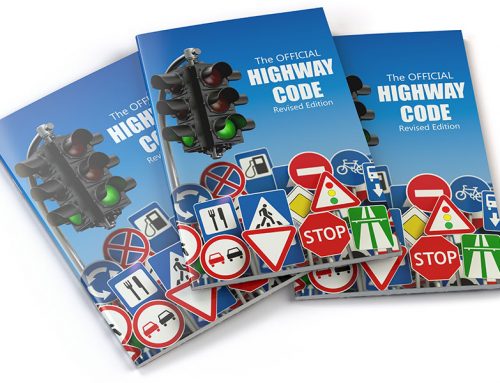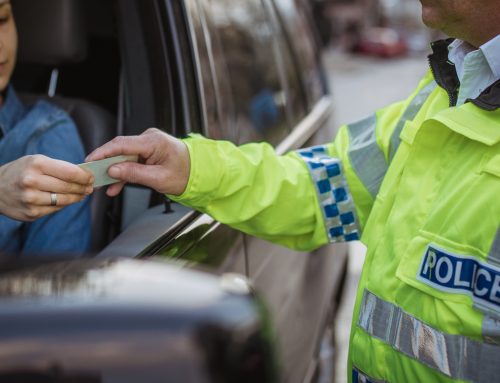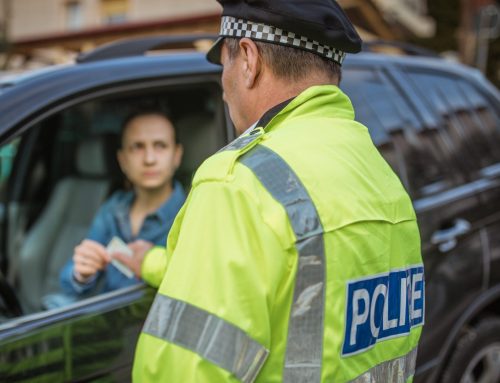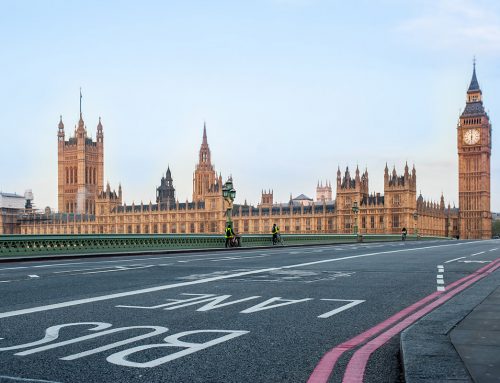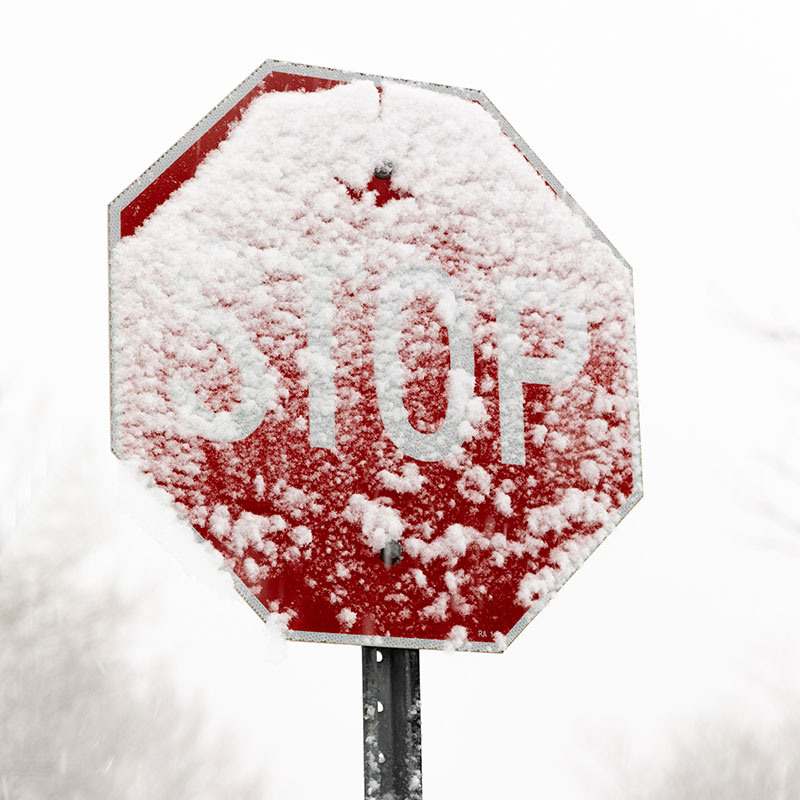 The Highway Code was first published on the 14th April 1931 and cost just 1 penny, (in old money), with just 18 pages of guidance. We had to wait until the second edition to get traffic signs included, whereas today, the Sixteenth edition, third impression (2016) has one hundred and forty six pages with fifteen pages of traffic signs. In addition to this there is another booklet called, “Know your Traffic Signs” which has one hundred and thirty seven pages of traffic signs and explanations for them.
The Highway Code was first published on the 14th April 1931 and cost just 1 penny, (in old money), with just 18 pages of guidance. We had to wait until the second edition to get traffic signs included, whereas today, the Sixteenth edition, third impression (2016) has one hundred and forty six pages with fifteen pages of traffic signs. In addition to this there is another booklet called, “Know your Traffic Signs” which has one hundred and thirty seven pages of traffic signs and explanations for them.
In this blog we will look at a couple of those signs that are different to others, explaining why some signs are upside down; as is the case with the Give Way sign.
The photograph is an octagonal stop sign. The sign tells you what you must do and is accompanied with a white line telling you where to stop. However, why is the sign this shape? If it were circular, and there were to be a heavy snow fall, drivers might not know what they were being advised of, given the road markings would also be covered. However, with an octagonal sign, it is clear what the order is! The Stop sign is the only one this shape.
 When we consider the Give Way sign, it is clear what it is, as the instruction is written within the sign. However, when we look at the road markings we will get a broken series of lines, some double and some single, across the junction or road, when it is giving way to a major road, with other thicknesses of line and spacing for roundabouts, mini roundabouts or pedestrian crossings. However, if we again take the snow scenario, we still know what the instruction is, as the Give Way sign has its point facing ‘down’ where all other triangular signs face ‘upwards.’
When we consider the Give Way sign, it is clear what it is, as the instruction is written within the sign. However, when we look at the road markings we will get a broken series of lines, some double and some single, across the junction or road, when it is giving way to a major road, with other thicknesses of line and spacing for roundabouts, mini roundabouts or pedestrian crossings. However, if we again take the snow scenario, we still know what the instruction is, as the Give Way sign has its point facing ‘down’ where all other triangular signs face ‘upwards.’
Continued driver education can, and does, highlight deficiencies in a driver’s knowledge and is able to help improve that knowledge.

